Exquisite Ivy VA Homes For Sale
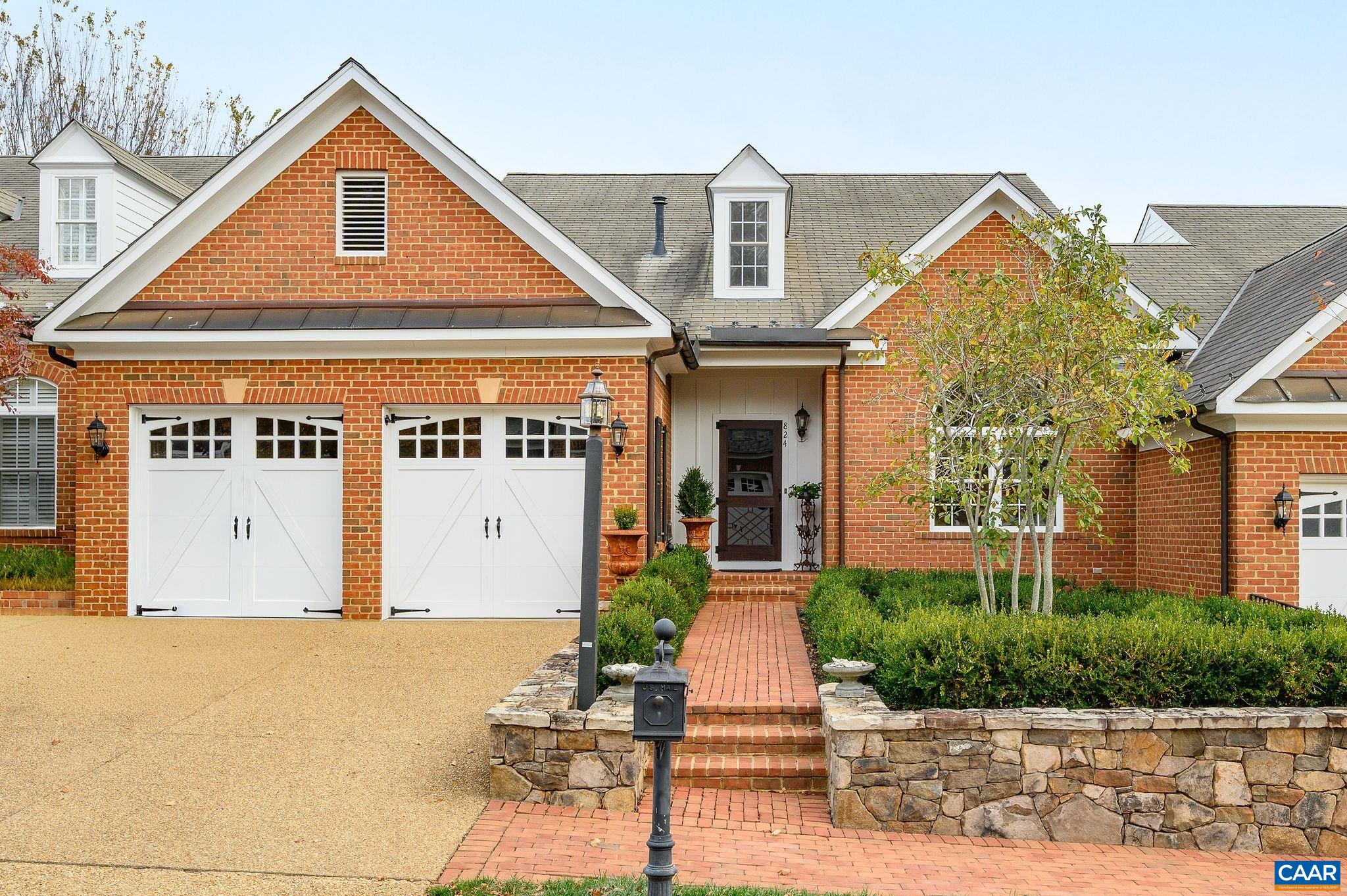 $1,850,000
Active
$1,850,000
Active
824 Colridge Dr Charlottesville, Virginia
3 Beds 4 Baths 4,773 SqFt 0.13 Acres
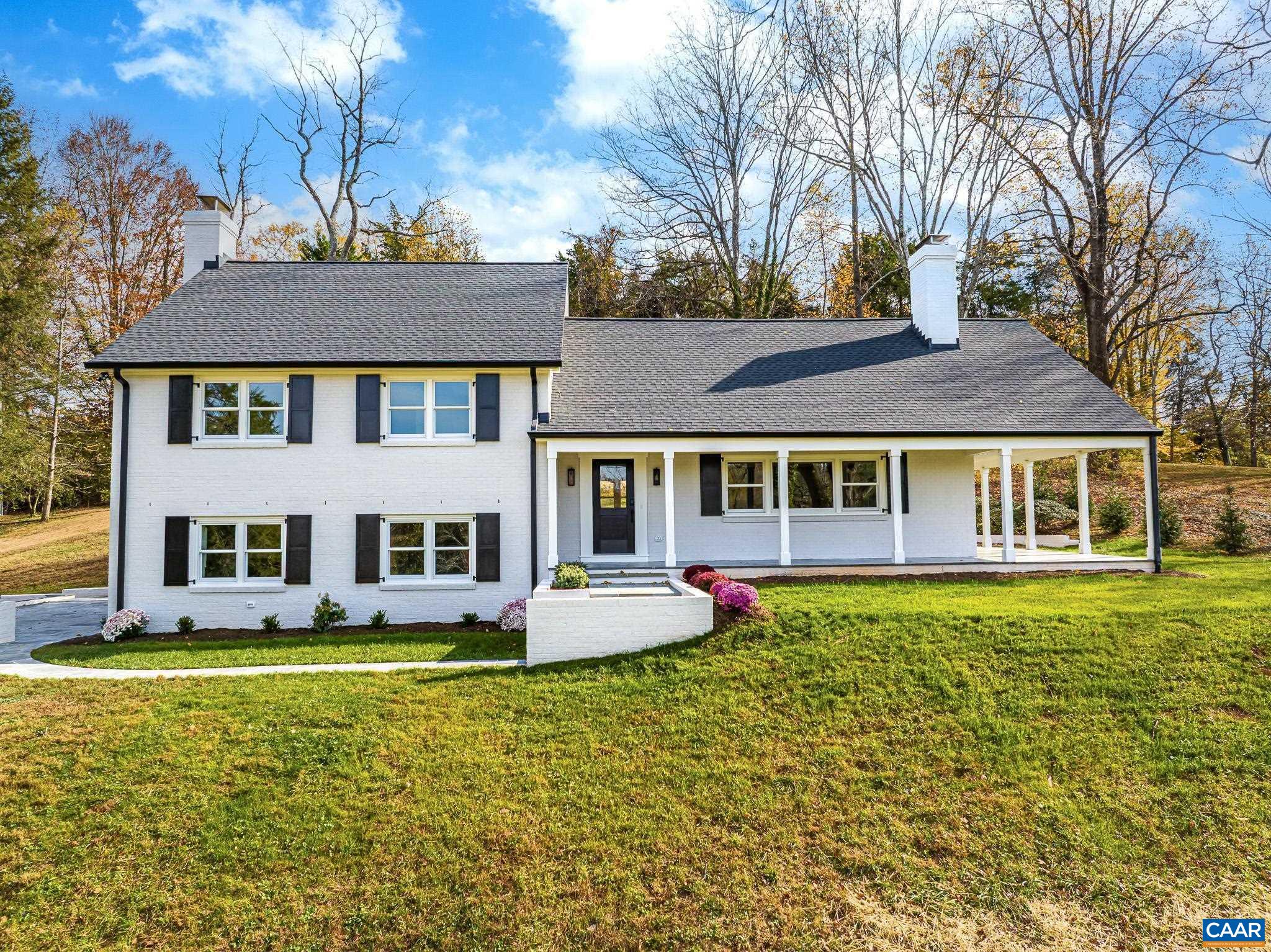 $2,400,000
Active
$2,400,000
Active
49 Canterbury Rd Charlottesville, Virginia
5 Beds 4 Baths 4,822 SqFt 1.96 Acres
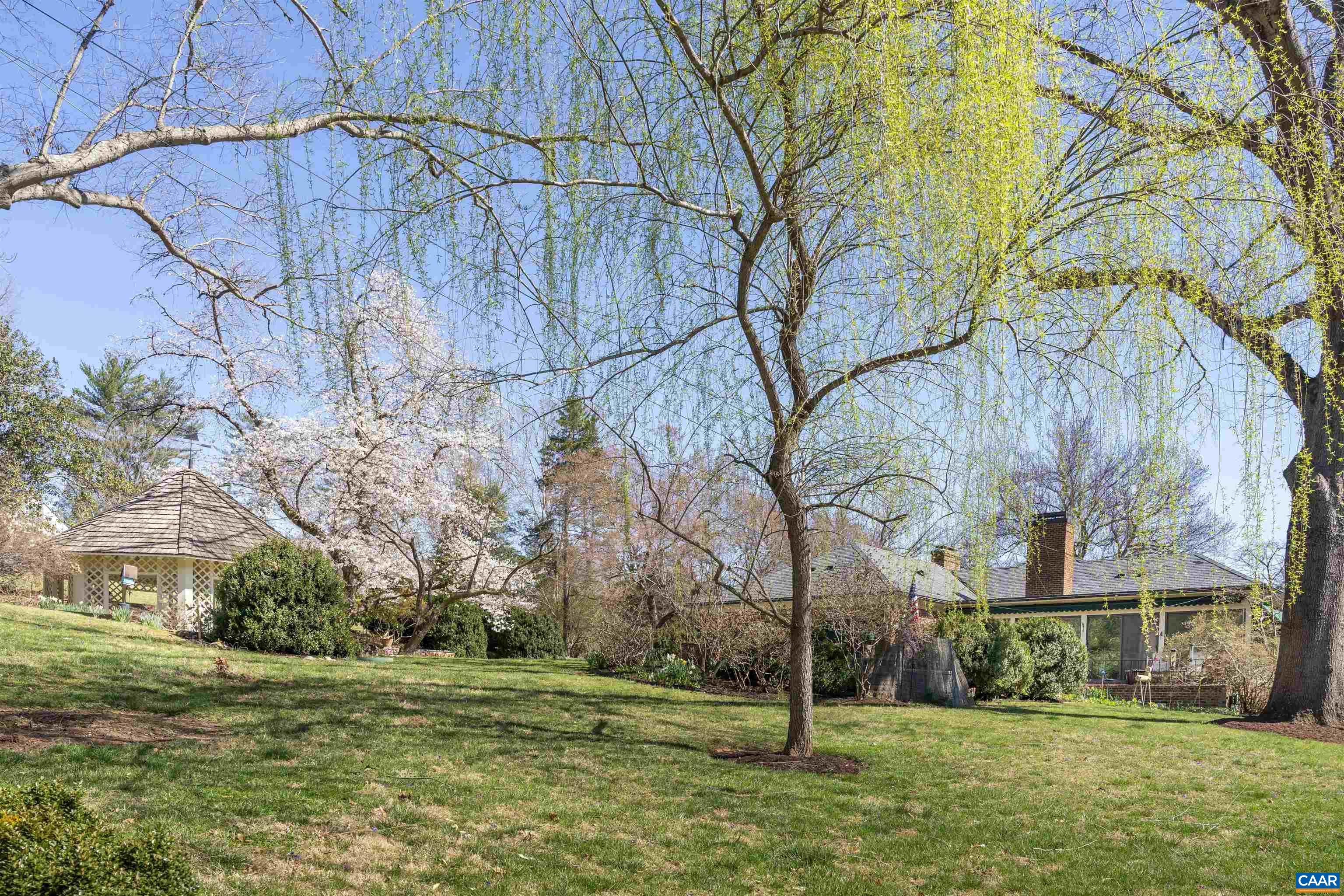 $2,700,000
Active
$2,700,000
Active
42 Old Farm Rd Charlottesville, Virginia
4 Beds 3 Baths 5,794 SqFt 1.9 Acres
Recently Sold Ivy VA Real Estate
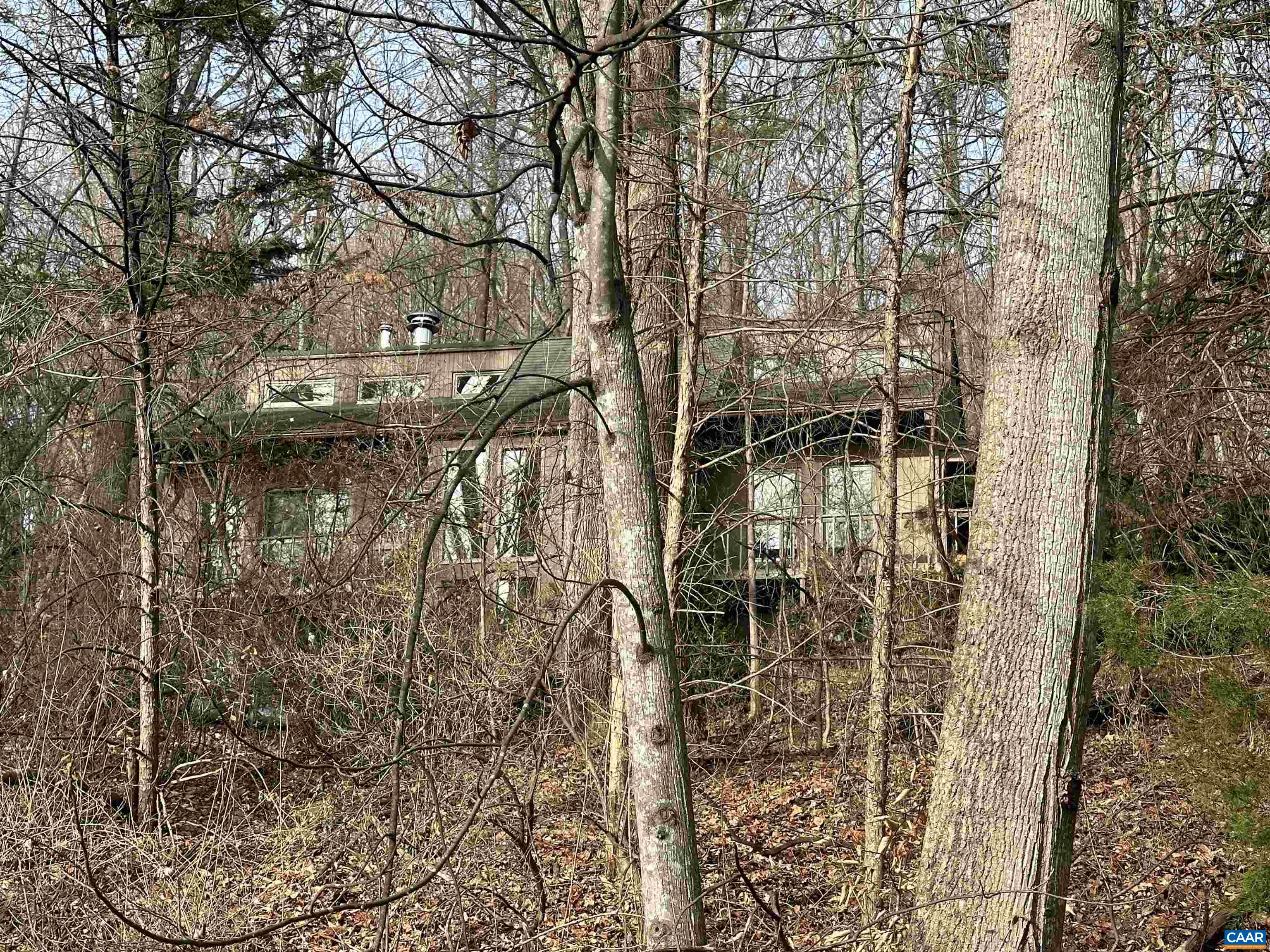 $399,900
Closed
$399,900
Closed
247 Blue Rock Rdg Charlottesville, Virginia
3 Beds 3 Baths 3,548 SqFt 2.4 Acres
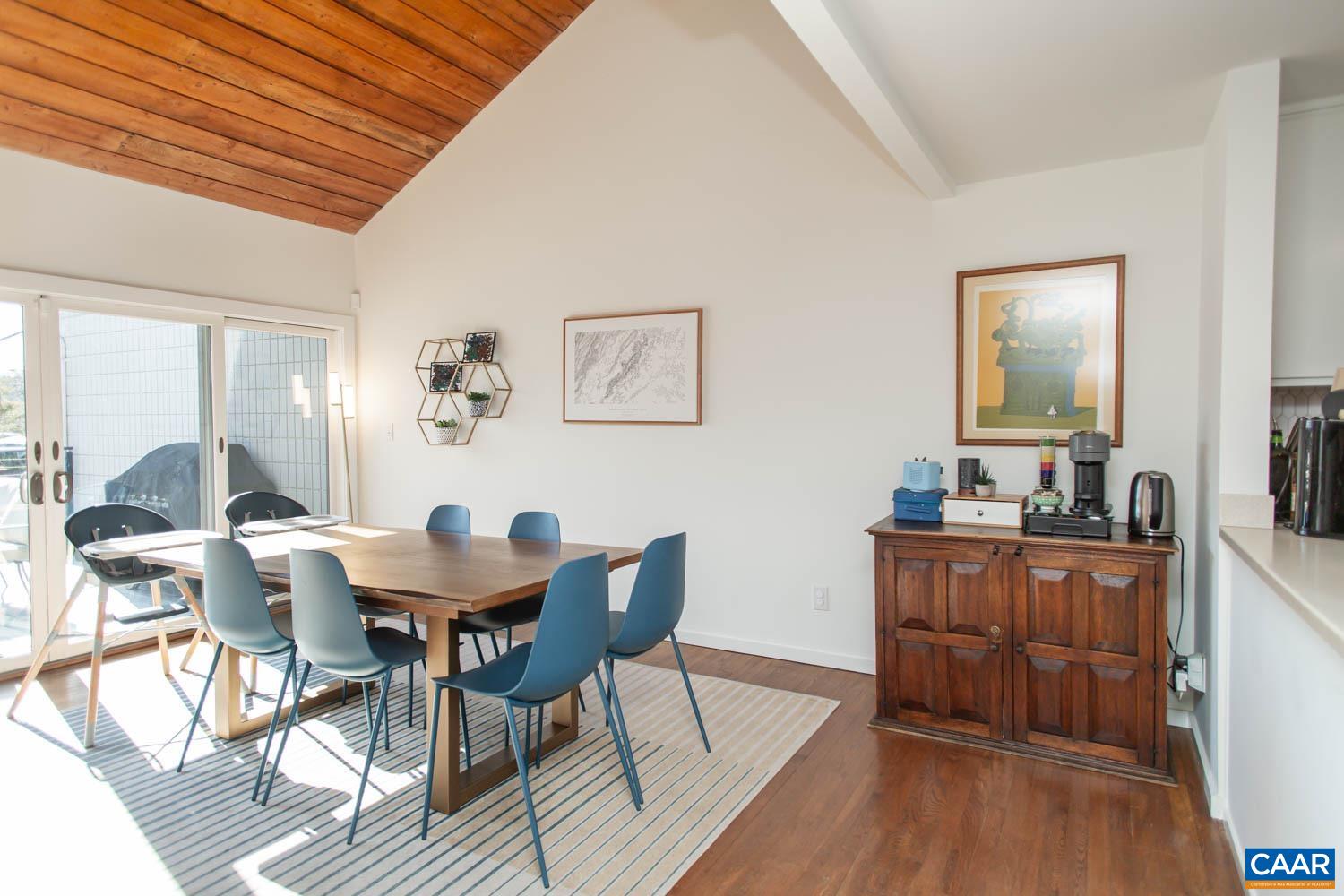 $500,000
Closed
$500,000
Closed
212 Turkey Ridge Rd Charlottesville, Virginia
3 Beds 3 Baths 2,430 SqFt
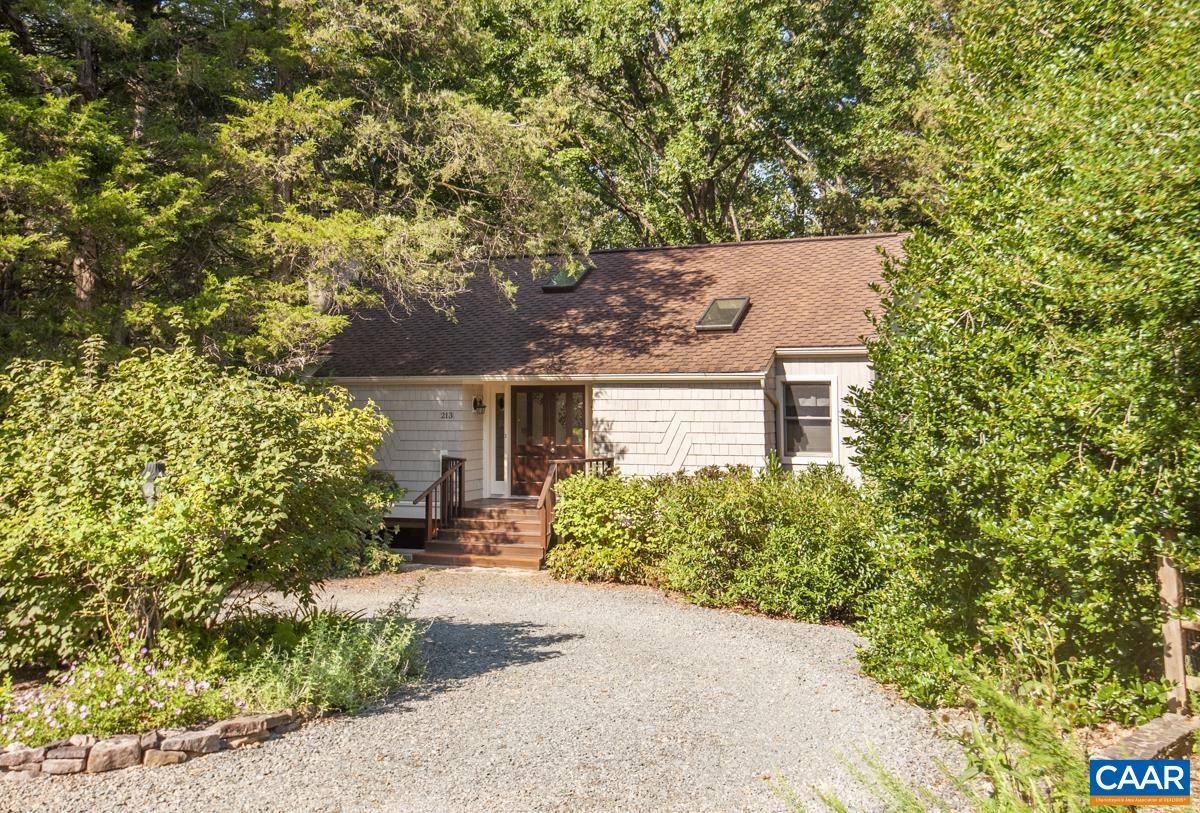 $492,000
Closed
$492,000
Closed
213 Turkey Ridge Rd Charlottesville, Virginia
3 Beds 2 Baths 2,204 SqFt 0.29 Acres
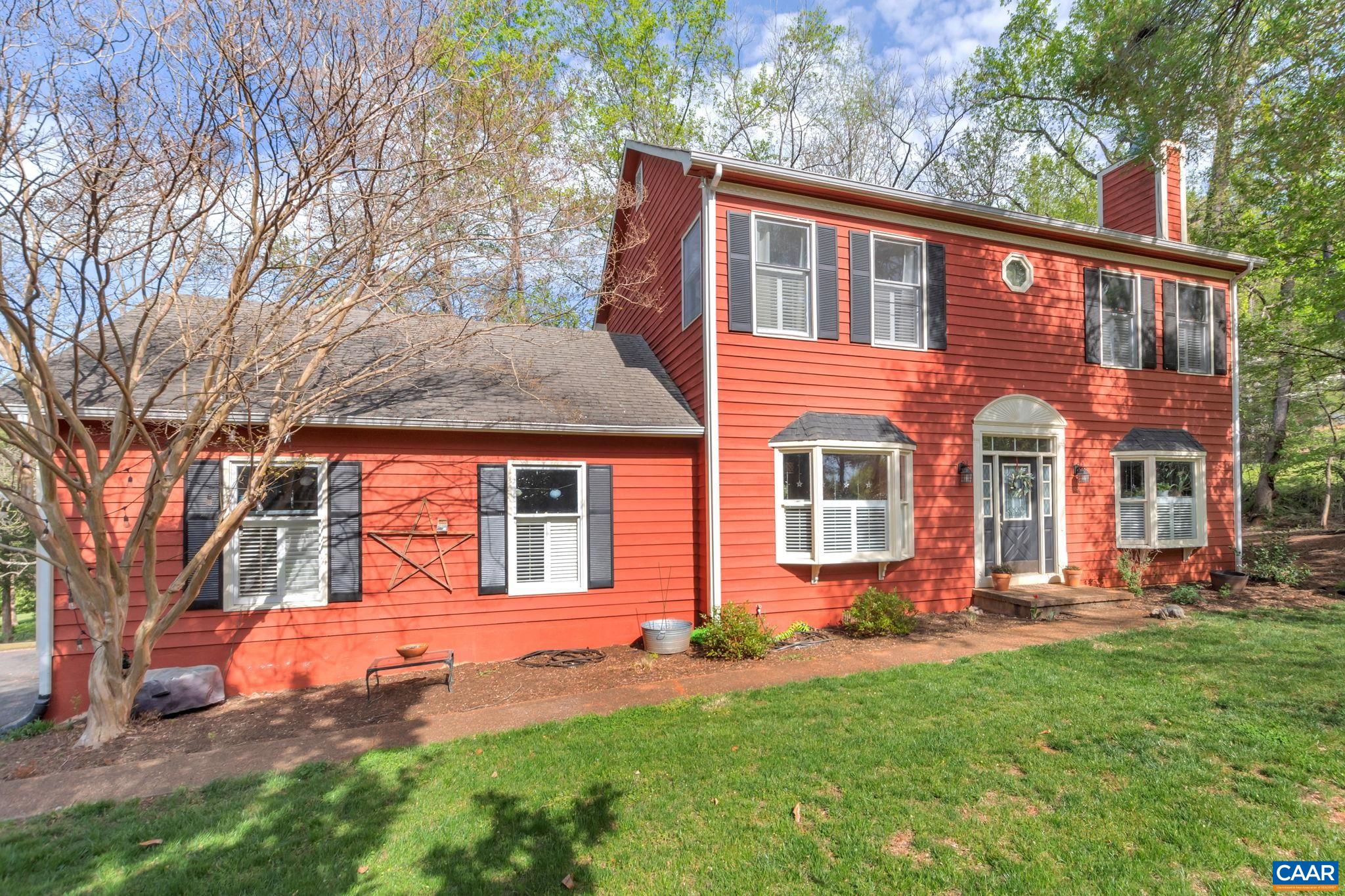 $525,000
Closed
$525,000
Closed
594 Shady Ln Charlottesville, Virginia
4 Beds 3 Baths 2,592 SqFt 0.92 Acres
 $570,000
Closed
$570,000
Closed
3630 Glenaire Dr Charlottesville, Virginia
4 Beds 3 Baths 2,464 SqFt 1.39 Acres
 $582,000
Closed
$582,000
Closed
3520 Glenaire Dr Charlottesville, Virginia
4 Beds 3 Baths 2,976 SqFt 2.23 Acres
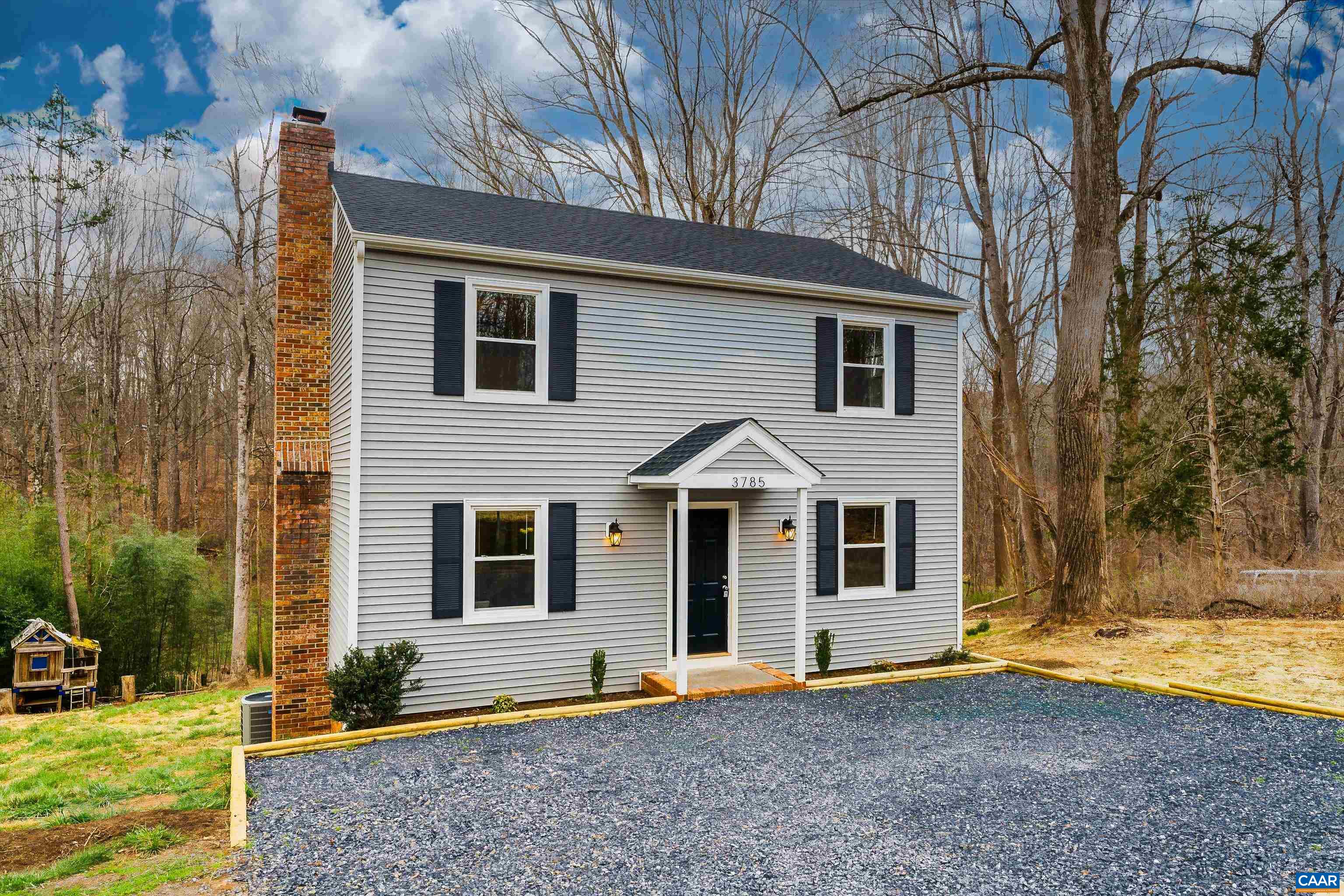 $515,000
Closed
$515,000
Closed
3785 Skyline Crest Dr Charlottesville, Virginia
3 Beds 4 Baths 2,160 SqFt 2.27 Acres
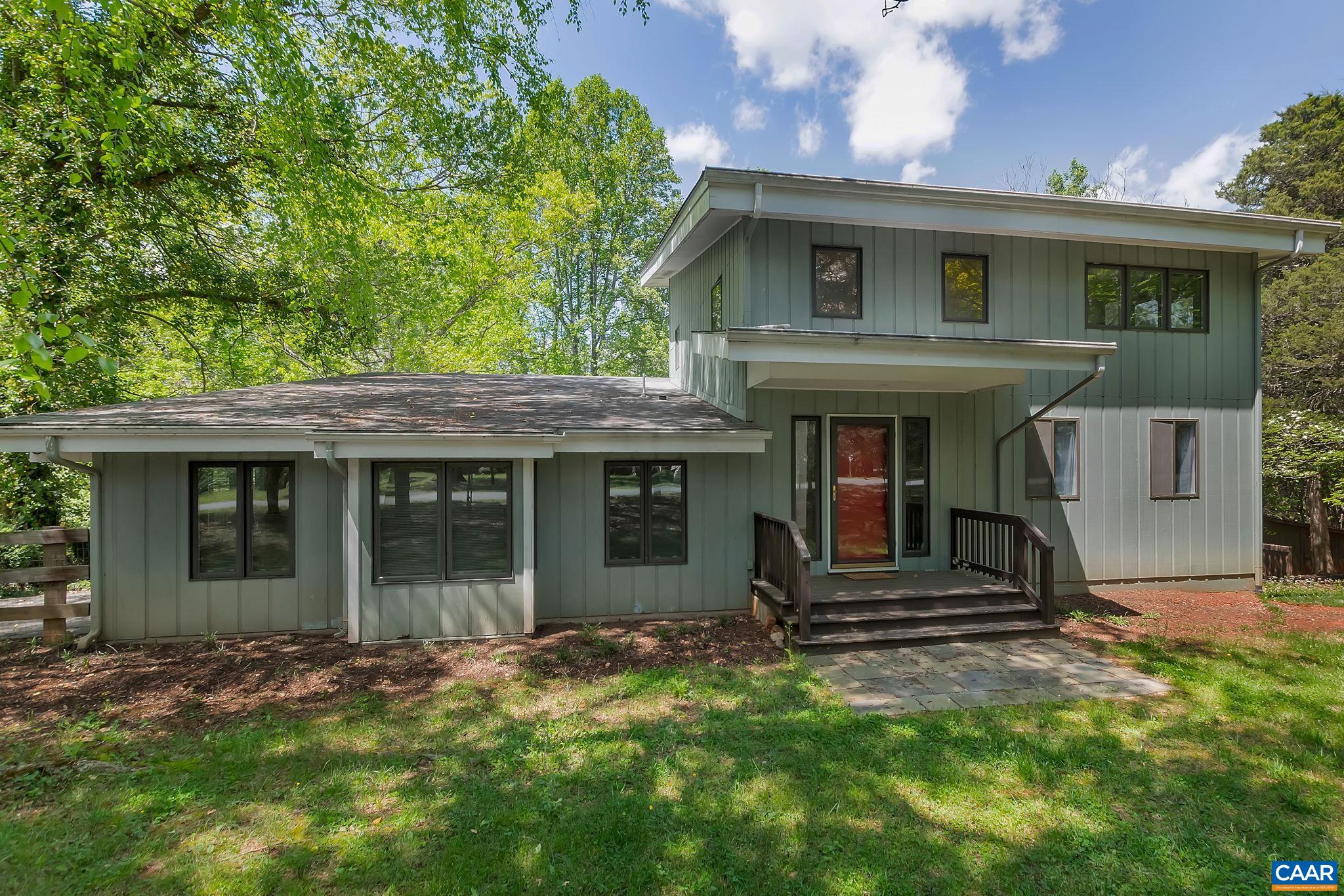 $545,000
Closed
$545,000
Closed
3720 Glenaire Dr Charlottesville, Virginia
5 Beds 4 Baths 3,572 SqFt 2.07 Acres
 $530,000
Closed
$530,000
Closed
213 Turkey Ridge Rd Charlottesville, Virginia
3 Beds 2 Baths 2,204 SqFt 0.29 Acres
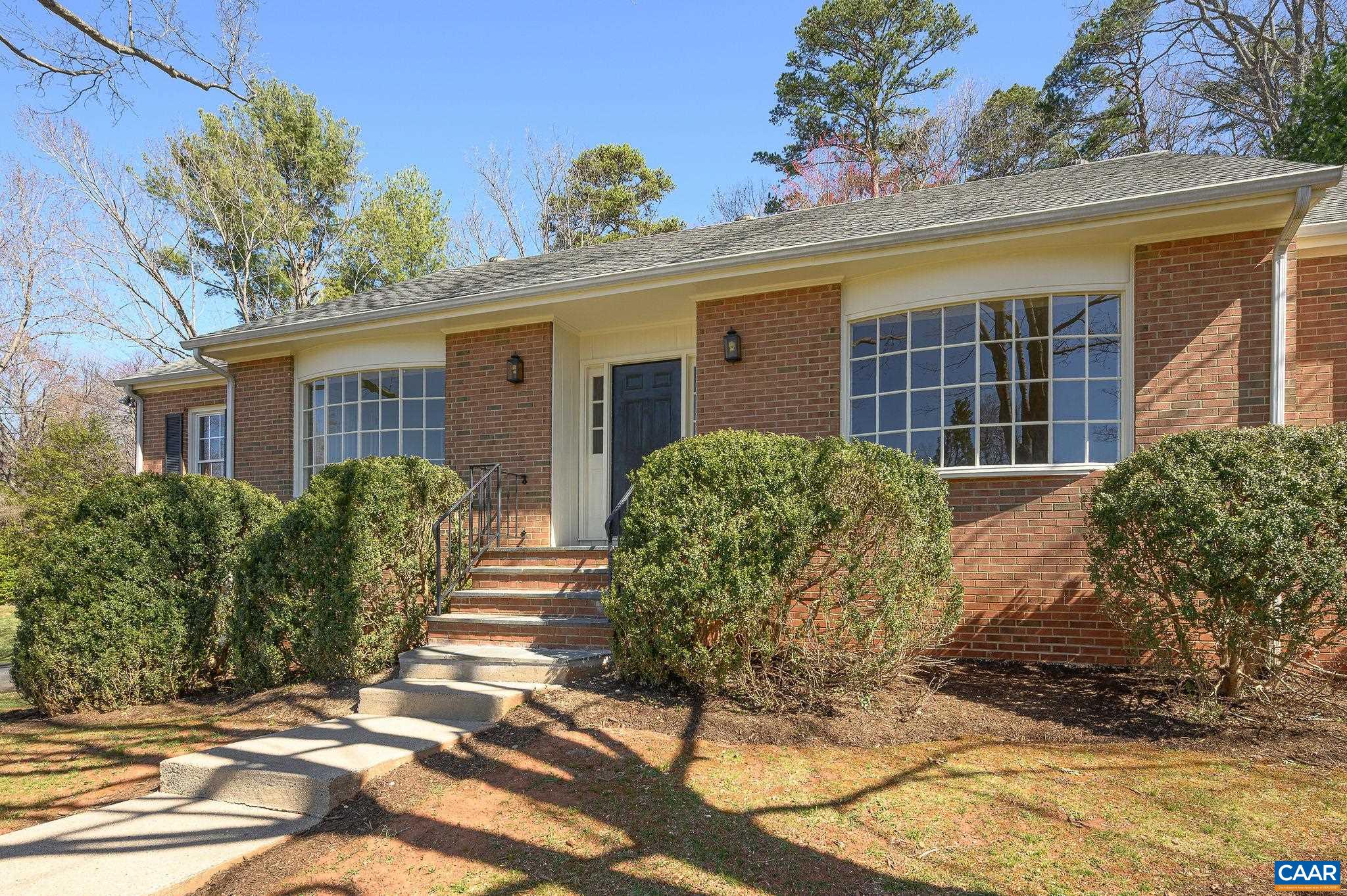 $660,000
Closed
$660,000
Closed
2740 Meriwether Dr Charlottesville, Virginia
4 Beds 3 Baths 3,052 SqFt 0.92 Acres
 $550,000
Closed
$550,000
Closed
385 Heron Ln Charlottesville, Virginia
3 Beds 3 Baths 3,968 SqFt 0.81 Acres
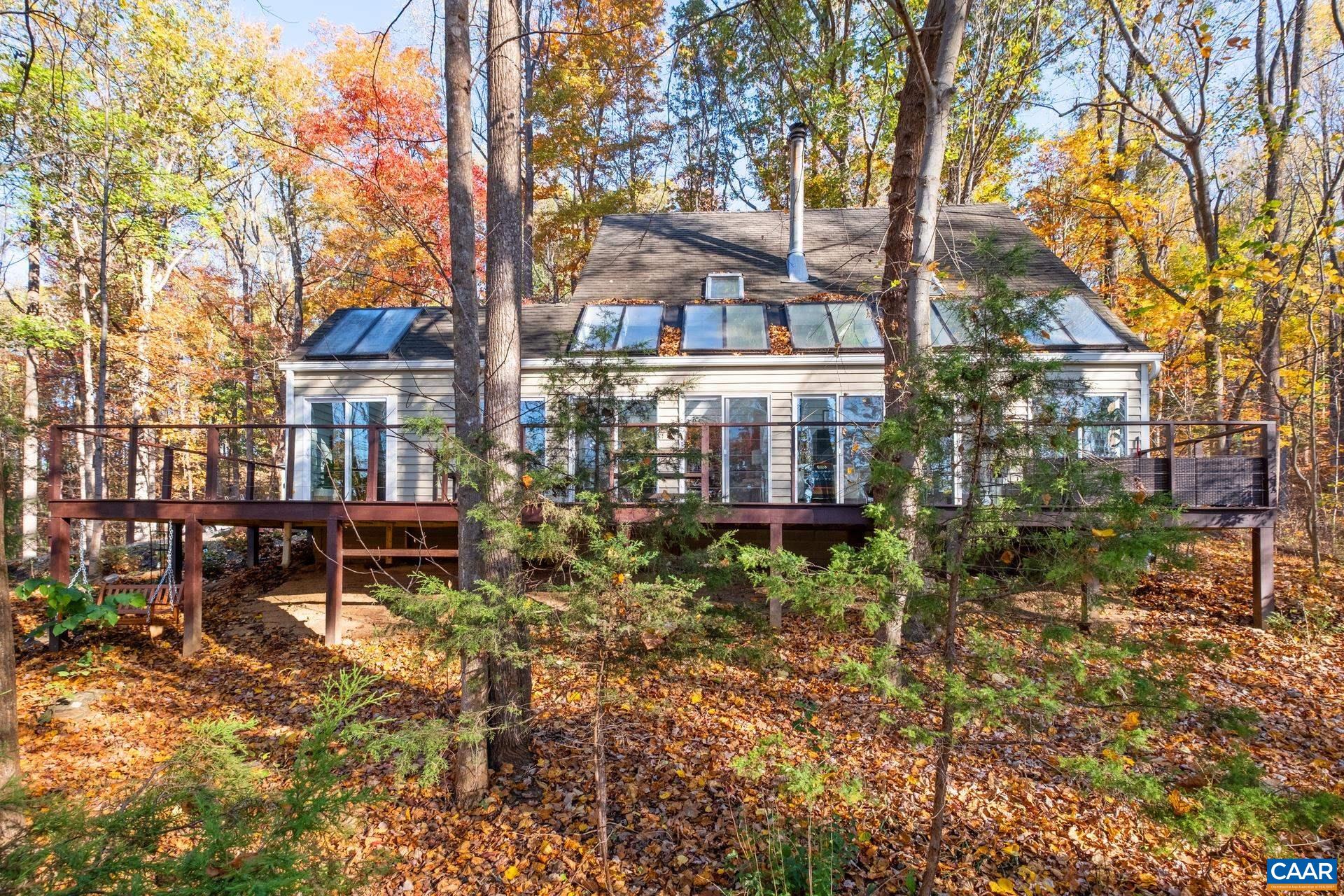 $613,000
Closed
$613,000
Closed
277 Grey Dove Ln Charlottesville, Virginia
3 Beds 2 Baths 2,162 SqFt 3.09 Acres
 $600,000
Closed
$600,000
Closed
3665 Country Ln Charlottesville, Virginia
3 Beds 3 Baths 2,376 SqFt 2.07 Acres
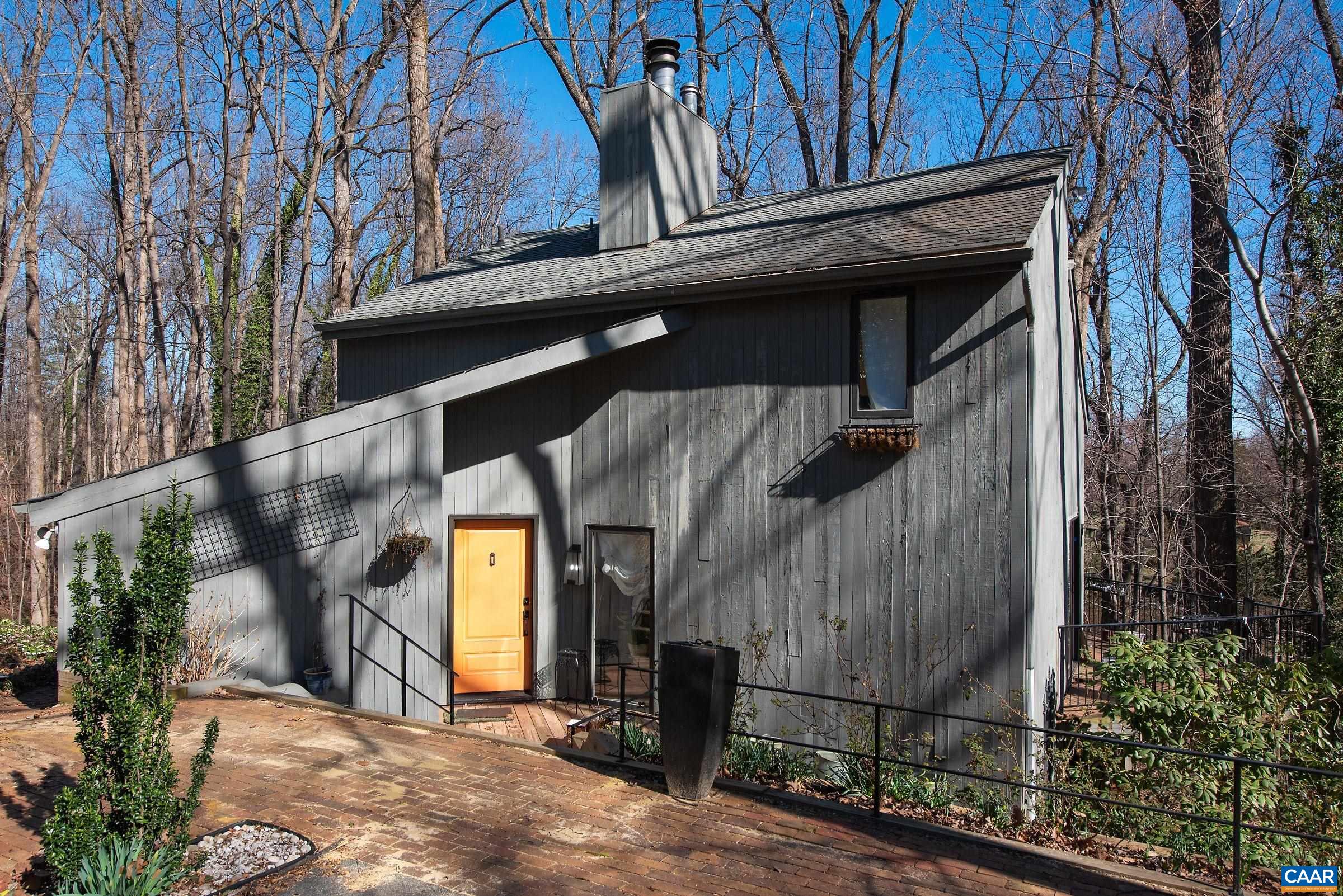 $600,000
Closed
$600,000
Closed
659 Broomley Rd Charlottesville, Virginia
3 Beds 3 Baths 1,969 SqFt 2.6 Acres
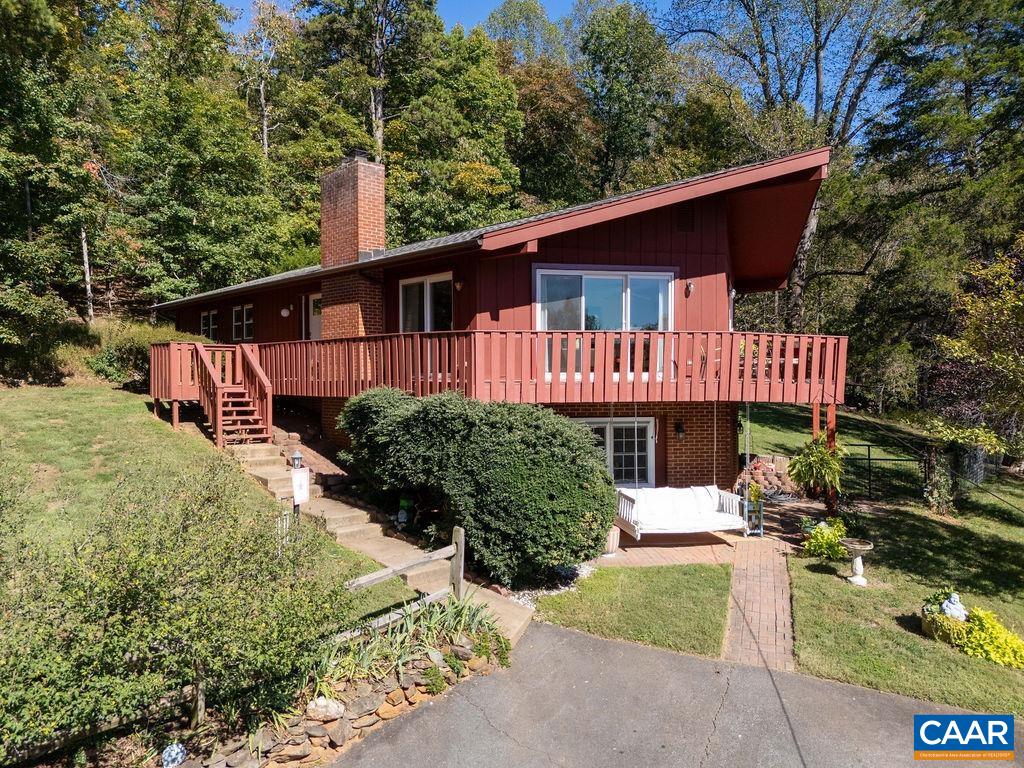 $613,000
Closed
$613,000
Closed
3630 Glenaire Dr Charlottesville, Virginia
4 Beds 3 Baths 2,464 SqFt 1.39 Acres
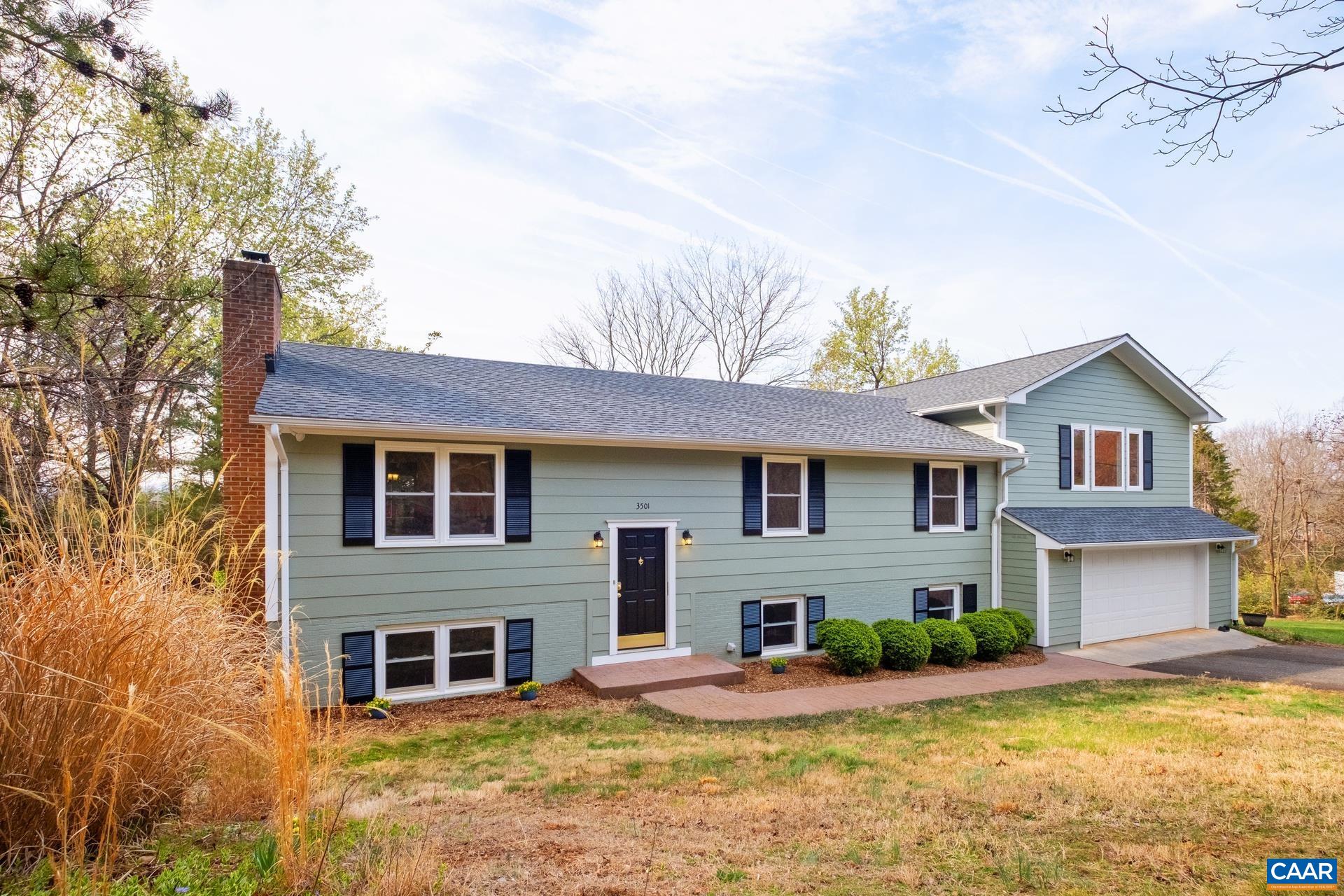 $650,000
Closed
$650,000
Closed
3501 Glenaire Dr Charlottesville, Virginia
4 Beds 4 Baths 3,862 SqFt 1.27 Acres
 $652,000
Closed
$652,000
Closed
3440 Pippin Ln Charlottesville, Virginia
3 Beds 3 Baths 4,496 SqFt 2.24 Acres
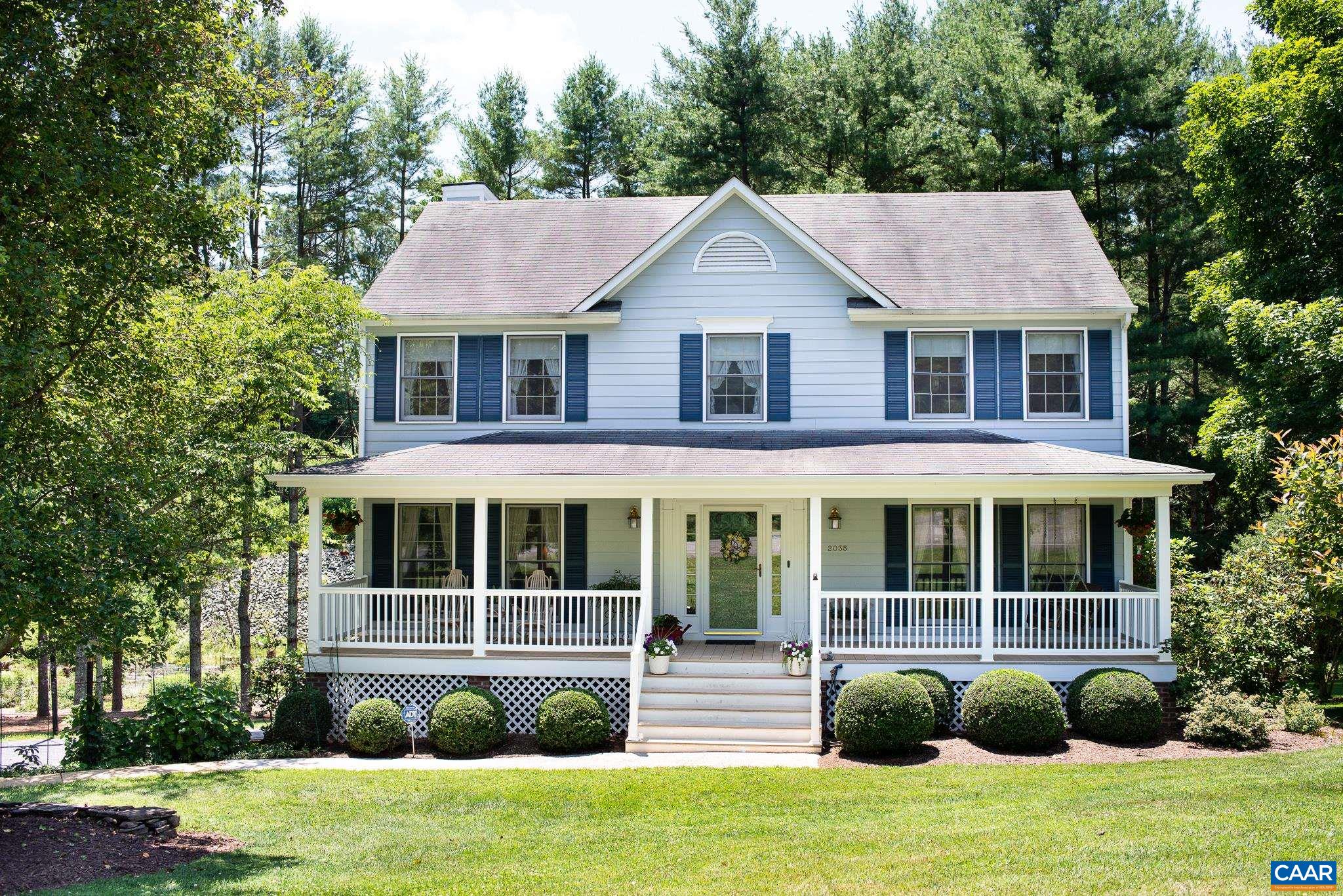 $639,000
Closed
$639,000
Closed
2035 Candlewyck Dr Charlottesville, Virginia
4 Beds 3 Baths 3,411 SqFt 1.23 Acres
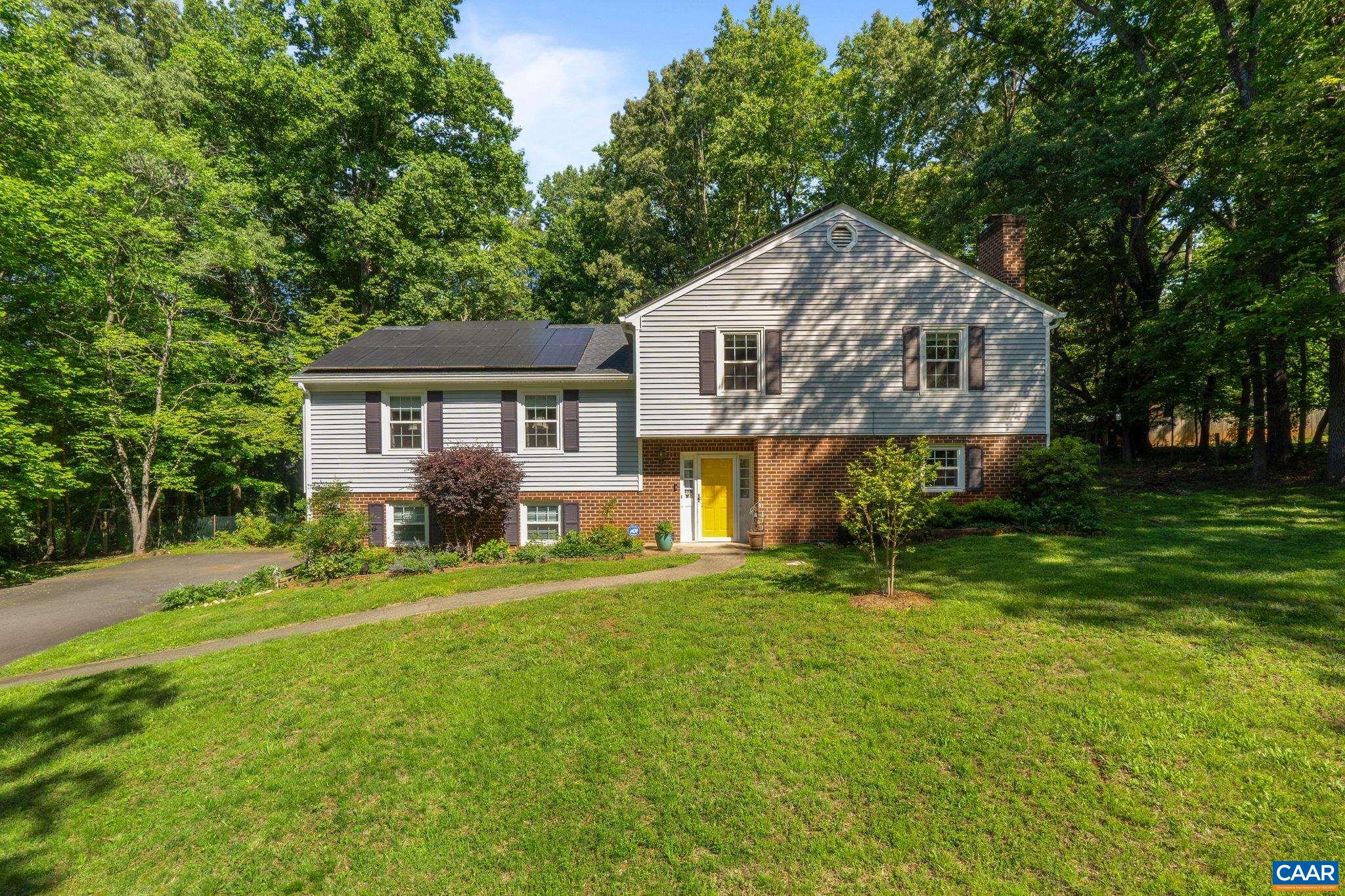 $645,000
Closed
$645,000
Closed
2495 Kimbrough Cir Charlottesville, Virginia
4 Beds 3 Baths 2,310 SqFt 0.95 Acres
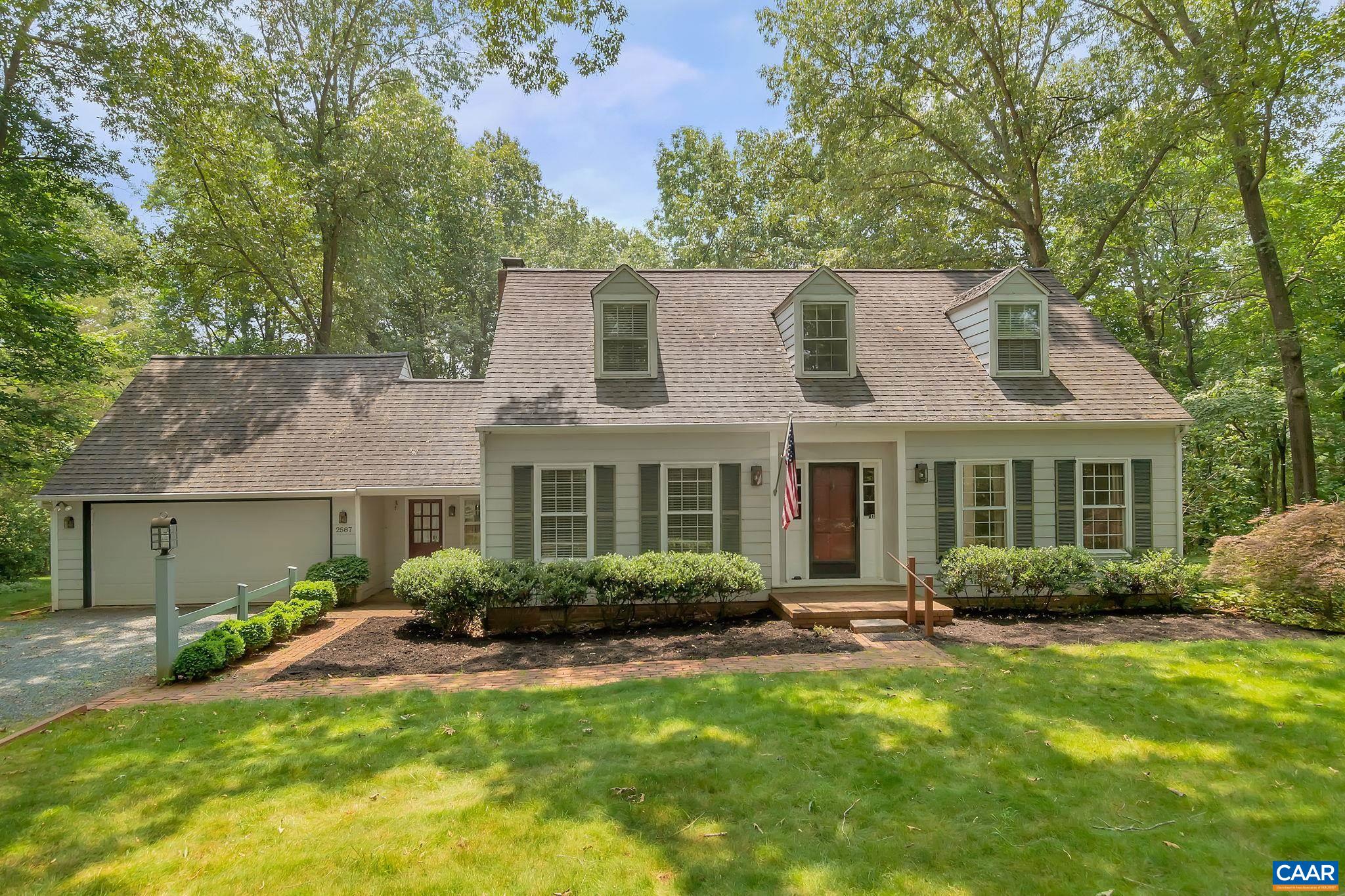 $612,000
Closed
$612,000
Closed
2587 Kimbrough Cir Charlottesville, Virginia
4 Beds 3 Baths 2,773 SqFt 0.93 Acres
 $650,000
Closed
$650,000
Closed
453 Peacock Dr Charlottesville, Virginia
4 Beds 4 Baths 3,136 SqFt 1.38 Acres
 $675,000
Closed
$675,000
Closed
2584 Cardinal Ridge Rd Charlottesville, Virginia
4 Beds 4 Baths 3,255 SqFt 2.02 Acres
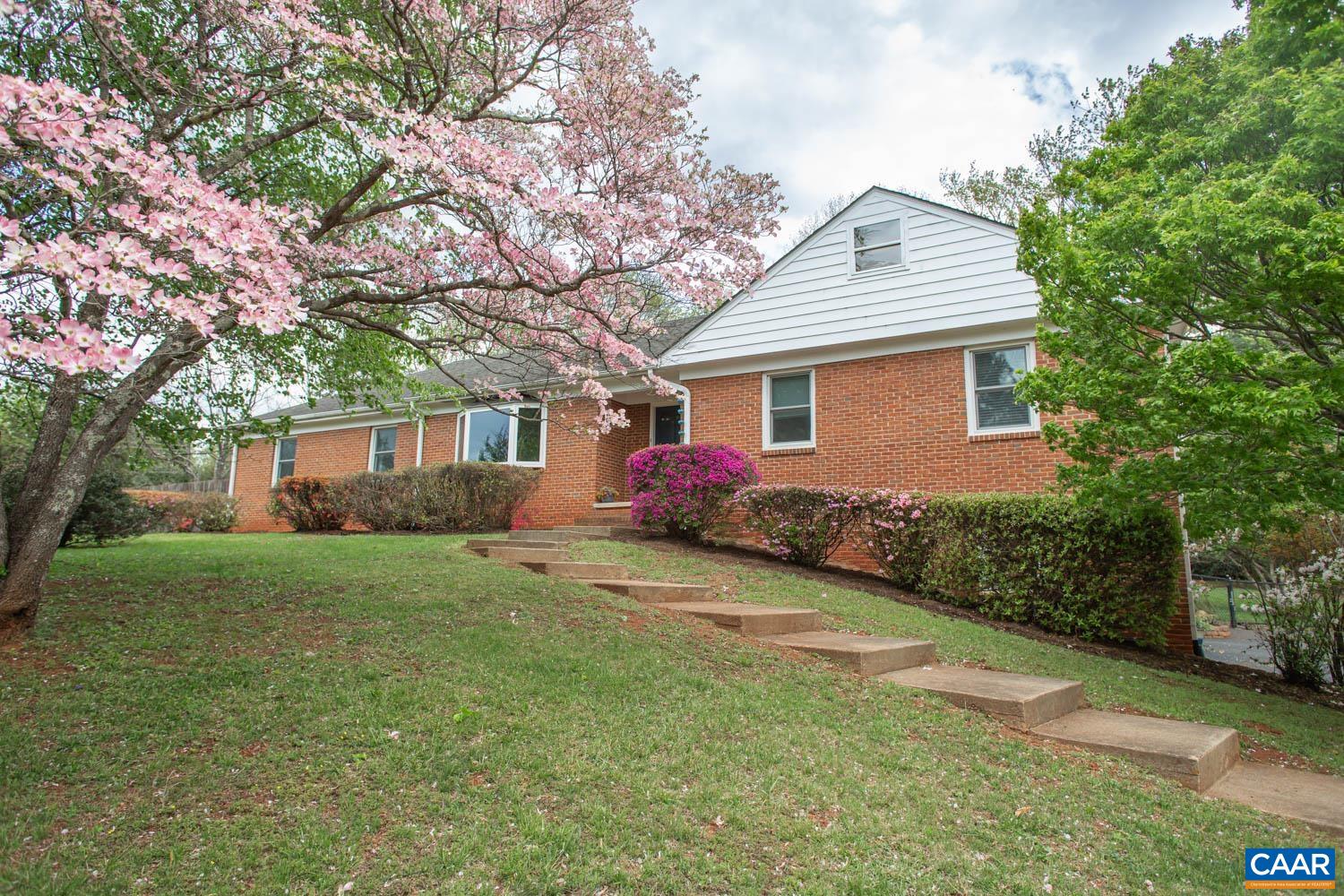 $630,000
Closed
$630,000
Closed
2750 Meriwether Dr Charlottesville, Virginia
4 Beds 2 Baths 5,354 SqFt 0.92 Acres
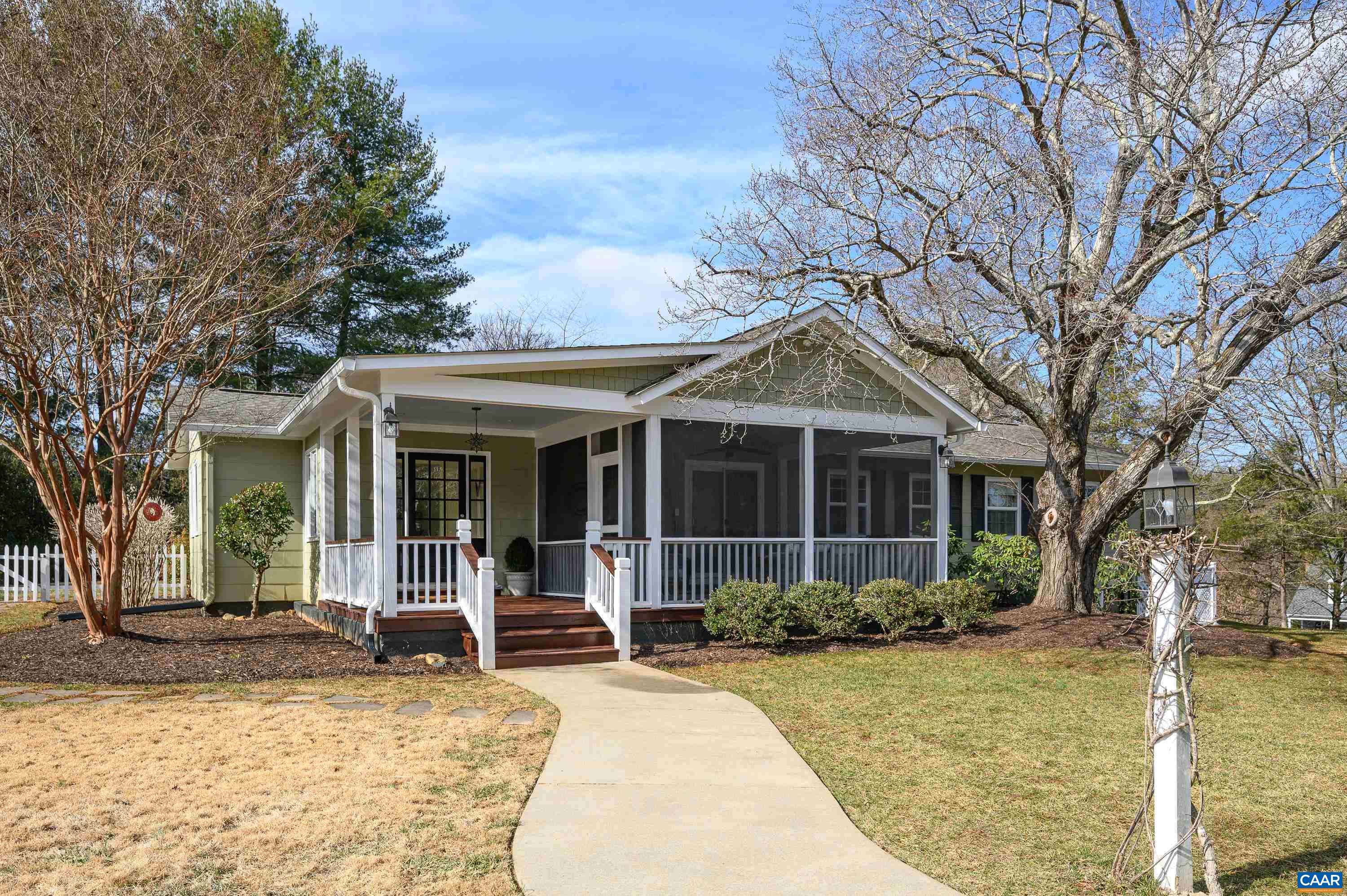 $750,000
Closed
$750,000
Closed
2639 Holkham Dr Charlottesville, Virginia
3 Beds 2 Baths 2,573 SqFt 1 Acres
 $670,000
Closed
$670,000
Closed
3720 Glenaire Dr Charlottesville, Virginia
5 Beds 4 Baths 3,572 SqFt 2.07 Acres
Ivy VA Land For Sale
No properties found
Nestled in the heart of Albemarle County, Virginia, is the historic village of Ivy. Ivy is a place where time seems to stand still, and the echoes of the past reverberate through its picturesque landscapes with roots dating back to the 18th century. Ivy has evolved from a colonial settlement into one of the most vibrant and best Charlottesville neighborhoods that seamlessly blends history with modernity. See 20 Reasons To Love Living in Ivy VA
Discovering the Charm and Elegance of Ivy VA Homes For Sale
🌳 Ivy, Virginia – Country Living Just Minutes from Charlottesville
If you dream of spacious lots, peaceful countryside, and easy access to Charlottesville, Ivy, VA is the perfect fit. Ivy is one of Albemarle County’s most desirable residential areas – a blend of pastoral charm, winding roads, and beautiful homes that range from cozy cottages to luxury estates.
Ivy attracts buyers who value privacy, natural beauty, and proximity to town. Located just ten minutes west of Charlottesville, Ivy offers the best of both worlds: tranquil, rural scenery with convenient access to UVA, Barracks Road Shopping Center, and the historic Downtown Charlottesville Mall.
Many homes in Ivy are set on large lots or small farms, offering room for gardens, horses, or outdoor entertaining. You’ll find architectural diversity — from mid-century ranches and renovated farmhouses to high-end custom builds and equestrian estates. The area’s rolling hills and mature trees create a peaceful backdrop that feels far removed from the bustle of the city.
Families appreciate Ivy’s access to top-rated Western Albemarle schools, including Ivy Elementary and Murray Elementary, Henley Middle, and Western Albemarle High School. Nearby amenities include world-famous Ivy Nursery, Greencroft Club, historic Blue Ridge Swim Club, Duners Restaurant, Meriwether Lewis birthplace, Ivy Creek Natural Area, and scenic backroads ideal for cycling or morning walks.
If you’re searching for a serene lifestyle with space to breathe and quick access to Charlottesville, explore Ivy homes for sale. It’s one of the most picturesque and peaceful corners of Albemarle County – and an area I know intimately after helping clients buy and sell here for over 23 years.
Ivy, Virginia, a truly special place nestled just west of Charlottesville in Albemarle County. As Toby Beavers, a savvy Charlottesville real estate agent and a Charlottesville realtor since 2003, I’ve had the pleasure of helping countless individuals and families find their perfect homes in this picturesque and highly sought-after community.
Ivy offers a unique blend of stunning natural beauty, a tranquil rural atmosphere, and convenient access to the amenities of Charlottesville. If you’re considering a move to this exceptional area, you’ve come to the right place.
This comprehensive guide will delve into the nuances of the Ivy VA real estate market, explore the variety of Ivy VA homes for sale and provide insights into the distinct neighborhoods that make Ivy such a desirable place to call home. From sprawling estates to charming family residences in happy neighborhoods, let’s explore the opportunities that await you in Ivy.

The Timeless Appeal of Ivy VA Homes For Sale
Ivy, originally known as Woodville and later Ivy Depot, boasts a rich history dating back to the early 19th century. Its evolution from a small village to a prestigious residential area reflects its enduring appeal.
The name “Ivy” itself, likely derived from Ivy Creek, evokes a sense of natural beauty that is still prevalent today.
As a seasoned Charlottesville realtor, I can attest that the mature trees, rolling hills, and sense of established community are major draws for those seeking Ivy VA real estate.
The location of Ivy is truly ideal. Situated on U.S. Route 250, just a short drive west of Charlottesville, residents enjoy the peace and quiet of country living without sacrificing the conveniences of city life. The University of Virginia, with its renowned medical facilities, cultural attractions, and employment opportunities, is easily accessible from Ivy.
This proximity makes Ivy a popular choice for faculty, staff, and anyone who appreciates the vibrant atmosphere of a university town.

The 2025 Ivy VA Real Estate Market: A Snapshot
The Ivy VA homes for sale market in mid-2025 presents a competitive landscape, reflecting the area’s desirability. While specific market trends for Ivy can be nuanced, the broader Albemarle County market provides valuable context.
In August 2025, Albemarle County experienced a 2.4% year-over-year increase in the median sold price, indicating continued appreciation in the region. Inventory levels saw a significant increase, offering more choices for buyers.
Ivy itself tends to have a higher median home price compared to other areas in Albemarle County, indicative of its luxury market and larger lot sizes. The median home price in Ivy is around $927,500.
Homes in Ivy often sell relatively quickly, with an average of just 8 days on the market.
This fast pace underscores the importance of being prepared and working with a knowledgeable agent when looking at homes for sale Ivy VA.

Exploring Ivy’s Distinct Neighborhoods
One of the unique aspects of Ivy is its collection of distinct and charming neighborhoods, each offering its own character and appeal. As a savvy Charlottesville real estate agent, I can guide you through these areas to find the perfect fit for your lifestyle:
- Glenaire: This established neighborhood offers a mix of beautiful homes, often with mature landscaping and spacious lots. While specific data for Glenaire is limited, the overall feel is one of quiet elegance and established community.
- Grassmere: Situated in a picturesque setting, Grassmere offers a range of lovely homes, often with scenic views. The proximity to nature and a sense of tranquility are hallmarks of this area.
- Ivy Farms: As the name suggests, this neighborhood may have roots in the area’s agricultural past. Current listings in the vicinity show a mix of property types, from condos to single-family homes, offering options for various budgets.
- Ivy Oaks: This neighborhood, while currently showing no homes for sale on some platforms, suggests a potentially tight-knit community. The surrounding areas offer a mix of housing options.
- Lewis Hills: Known for its welcoming atmosphere and balance of tranquility and convenience, Lewis Hills offers scenic trails and proximity to local schools like Ivy Elementary. The median sale price in Lewis Hills is around $1,084,906.
- Meriwether Hills: This neighborhood offers a blend of attractive homes in a desirable location. With pending sales around the $550,000 mark, it presents opportunities for homebuyers seeking a well-regarded area.
- Peacock Hill: Offering a mix of housing options, including townhouses and single-family homes, Peacock Hill provides a convenient location with access to amenities.
- Ragged Mountain Farm: For those seeking larger properties and a connection to nature, Ragged Mountain Farm offers homes with acreage and stunning views. Listings range from around $1.2 million to $2.5 million.
- The Rocks: This exclusive, fully built-out community features luxury homes with spectacular Blue Ridge Mountain views. Developed around a mid-19th-century plantation home, properties here range from 4,100 to 6,734 square feet, with lots from 2 to 14.33 acres. Recent median sale prices are around $1.15 million.
- Rosemont Farm: Located near Waterford, this neighborhood features large, competitively priced homes in an established community.
- Spring Hill Farm: While specific details for this neighborhood are limited in the provided data, the name suggests a potentially scenic and desirable area.
- Whipporrwill Hollow: This neighborhood offers homes with spacious lots, with recent listings around the $519,900 mark.
- West Leigh: Featuring older Ivy VA homes for sale on larger lots, West Leigh offers a more spread-out and private feel. Listings range from around $625,000 to $675,000.

Ivy VA Real Estate – A Variety of Homes to Suit Every Taste
The homes for sale in Ivy Charlottesville VA encompass a wide range of architectural styles and property types. You’ll find traditional colonials, charming farmhouses, elegant estates, and modern custom-built residences. Many properties boast features such as gourmet kitchens, spacious master suites, private gardens, and stunning mountain views. For those with equestrian interests, some luxury Ivy VA homes for sale includes horse farms with stables and riding trails.
New construction options are also available in and around Ivy, offering modern amenities and customizable features. Communities like Keswick Estates in Keswick provide an example of new home developments with various floor plans and price points.

Navigating the Ivy Real Estate Market: Expert Advice for Buyers
As your trusted Charlottesville realtor, I offer the following advice for purchasing Ivy VA homes for sale:
- Get Pre-Approved: In a competitive market like Ivy, having a pre-approval letter from a reputable lender is essential. It shows sellers you’re a serious buyer and strengthens your offer.
- Partner with a Local Expert: An experienced Charlottesville real estate agent with specific knowledge of the Ivy market can provide invaluable insights into neighborhood trends, pricing strategies, and off-market opportunities.
- Be Prepared to Act Quickly: Given the relatively short time homes spend on the market in Ivy, it’s crucial to be ready to view properties promptly and make informed decisions.
- Craft a Competitive Offer: Work with your Charlottesville real estate agent to develop a strong offer that considers factors beyond just price, such as contingencies and closing timelines.
- Conduct Thorough Due Diligence: Always insist on a comprehensive home inspection to identify any potential issues before finalizing your purchase.
Selling Your Home in Ivy: Strategies for Success
If you’re considering selling your home in Ivy, here are some key strategies to maximize your success:
- Price Strategically: Work with your realtor to determine the optimal listing price based on recent sales data and current market conditions in Ivy.
- Prepare Your Home for Sale: Make necessary repairs and improvements, declutter, and consider staging your home to showcase its best features.
- Highlight Ivy’s Unique Appeal: Emphasize the neighborhood’s charm, scenic beauty, and convenient location in your marketing efforts.
- Partner with a Skilled Negotiator: An experienced agent can effectively navigate offers and negotiations to ensure you achieve your selling goals.

Living the Ivy Lifestyle: Amenities and Community
Ivy offers residents a high quality of life with access to excellent schools, stunning natural surroundings, and a strong sense of community. The Albemarle County Public Schools serving Ivy are highly rated. Students typically attend Ivy Elementary, Henley Middle, and Western Albemarle High Schools.
The area is also conveniently located near numerous wineries, including King Family Vineyards (free polo on Sundays), Pippin Hill Farm, Carter’s Mountain Orchards, Chiswell Winery, Septinary Winery, Pro Re Nata Brewery, and Starr Hill Brewery offering opportunities for beer and wine tasting and enjoying the beautiful Piedmont Virginia countryside. Outdoor enthusiasts will appreciate the proximity to the Blue Ridge Mountains and various parks and trails.
While Ivy offers a more rural setting, the vibrant city of Charlottesville is just a short drive away, providing access to a wide array of dining, shopping, and cultural attractions.

Your Dream Home Awaits in Ivy
Ivy, Virginia, presents an exceptional opportunity to experience refined country living with convenient access to urban amenities. As Toby Beavers, a savvy Charlottesville real estate agent and a 22-year Charlottesville realtor, I am dedicated to helping you navigate the Ivy VA real estate market and find the perfect home that aligns with your unique needs and lifestyle.
Whether you’re searching for a luxurious estate in Rosemont, a charming family home in Lewis Hills, or exploring the various options in other wonderful Ivy neighborhoods, I am here to provide expert guidance and support throughout your real estate journey.
Contact me today to begin your search for homes for sale in Ivy VA and discover the timeless elegance of this remarkable community.

My Conclusion
The market for Ivy VA homes for sale represents a unique opportunity to join one of Virginia’s most prestigious communities. Whether seeking a historic estate, modern luxury home, or the perfect plot for a custom build, Ivy offers exceptional properties in an unmatched setting. The combination of natural beauty, historic significance, and modern amenities continues to make Ivy VA real estate some of the most desirable in Virginia.
Additional attractiveIvy homes can be found in Colthurst, Greencroft, Ivy Ridge, Turner Mountain Wood, Villa Deste, and Wind River.
All of these are in the Western Albemarle School District of Ivy Elementary (previously Meriwether Lewis Elementary), Virginia Murray Elementary, Henley Middle, and Western Albemarle High.
Ivy is one of Albemarle County’s best values and it recently seems a lot of people would like to buy Ivy VA real estate. Prices are quickly rising as people from all over the United States come to live next to Meriwether Lewis’s homestead and the wonderful public schools that Western Albemarle offers.
My favorite Ivy Va homes for sale are located in: Ivy Fields, Ragged Mountain Farm, Rosemont Farm, and Colthurst.
Toby Beavers, an Albemarle VA realtor since 2003, may be reached by phone or text at 434-327-2999

